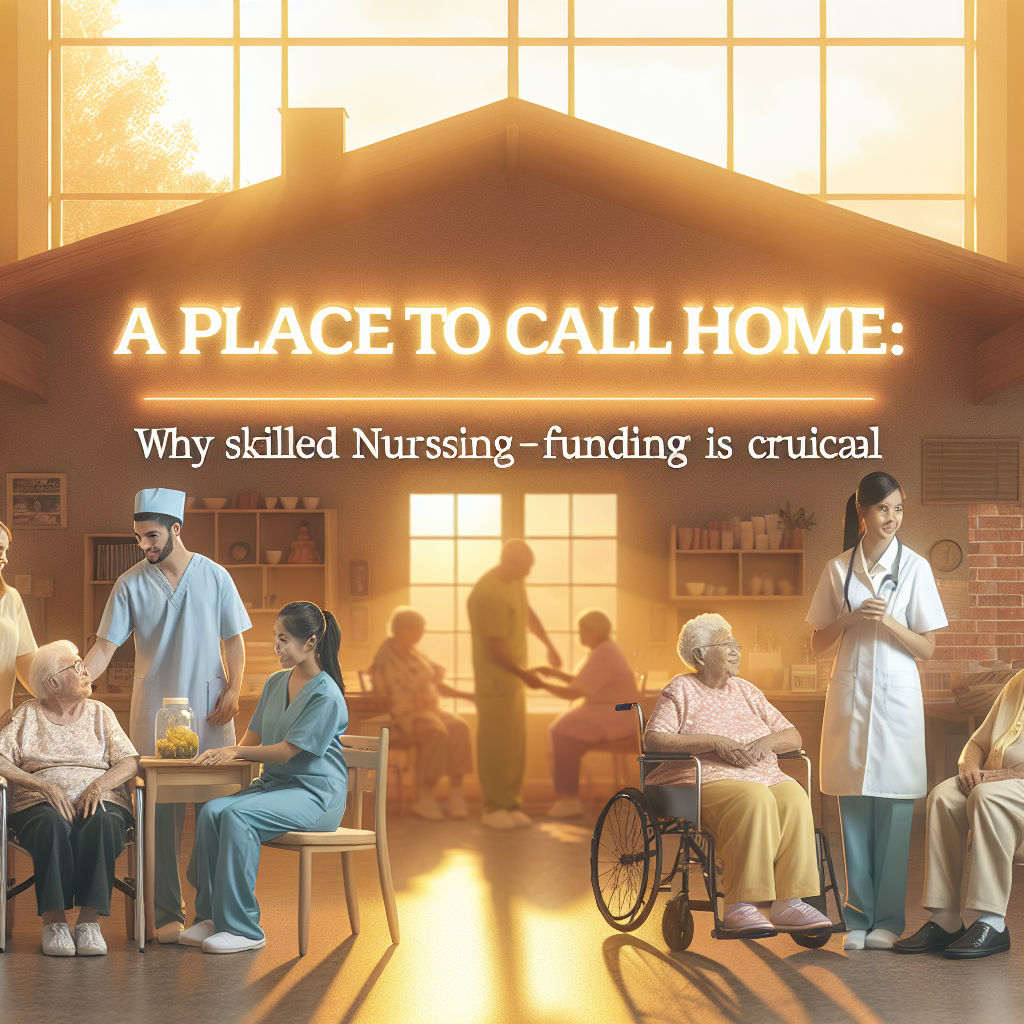New York, NY— The landscape of healthcare, particularly for long-term and skilled nursing care, is at a critical juncture. With an aging population and increased need for specialized care, the discussion around skilled nursing funding has never been more pressing. As policymakers and healthcare providers grapple with these challenges, the importance of robust funding mechanisms for skilled nursing facilities (SNFs) cannot be overstated—a sentiment echoed across the healthcare community.
According to the National Health Care Expenditure, spending on nursing care facilities and continuing care retirement communities was approximately $168 billion in 2020. This staggering figure underlines the significant role that skilled nursing facilities play in the healthcare continuum, particularly for the elderly and those with chronic conditions requiring long-term care.
Yet, despite their critical importance, many skilled nursing facilities across the country are facing financial distress. The combination of rising operational costs, staffing shortages, and insufficient Medicaid reimbursement rates has put considerable pressure on these institutions, threatening the quality of care that can be provided to some of the most vulnerable populations.
Experts in the field argue that increased and targeted funding is crucial not only for the sustainability of these facilities but also for the overall health and well-being of their residents. Dr. Helen Baxter, a seasoned geriatrician and advocate for improved elderly care, notes, “The quality of care in skilled nursing facilities is directly tied to the resources available. Without adequate funding, we risk compromising the care of our elderly and disabled populations.”
The implications of underfunded skilled nursing facilities are multifaceted. From a healthcare perspective, inadequate care can lead to increased hospital readmissions, a higher prevalence of health complications, and a general decline in the quality of life for residents. Economically, it burdens the healthcare system with higher costs in the long run.
The need for a strategic overhaul of how skilled nursing facilities are funded and managed is apparent. Proposal for reforms includes increasing Medicaid reimbursement rates, incentivizing the adoption of technology and efficiency improvements in care delivery, and providing targeted financial support for facilities serving high-need populations.
As the debate over healthcare reform continues, the case for prioritizing skilled nursing funding is clear. It is not merely an investment in these facilities but in the health and dignity of countless individuals who rely on their services. In the words of Dr. Baxter, “A place to call home is a basic human need, and for many in skilled nursing facilities, it’s the last home they will know. Ensuring these facilities are well-equipped and funded is a reflection of our commitment to caring for our elders with the respect and dignity they deserve.”
The conversation around skilled nursing funding is more than a fiscal discussion; it’s a testament to how society values its aging population and the quality of care they receive. As this issue continues to garner attention, it becomes increasingly evident that funding for skilled nursing is not just crucial—it’s imperative.


